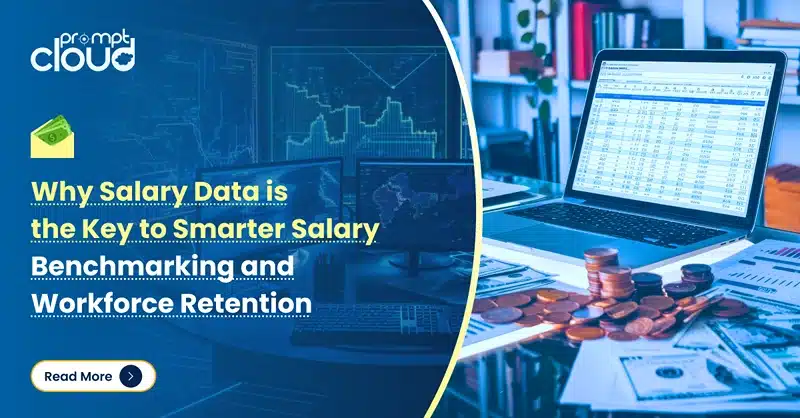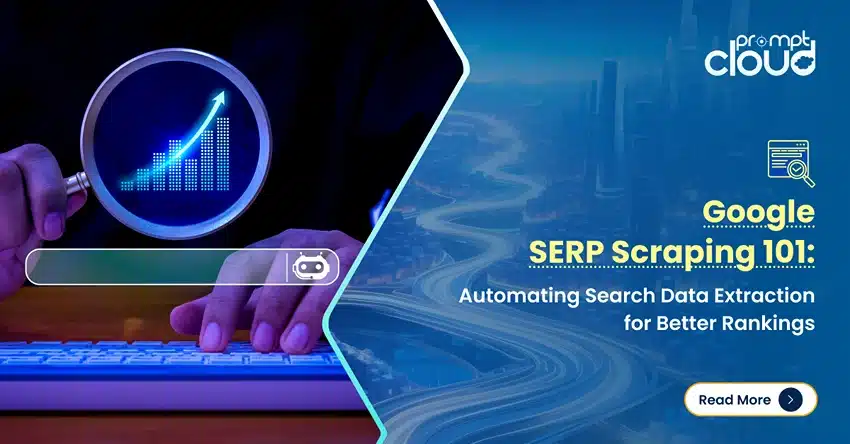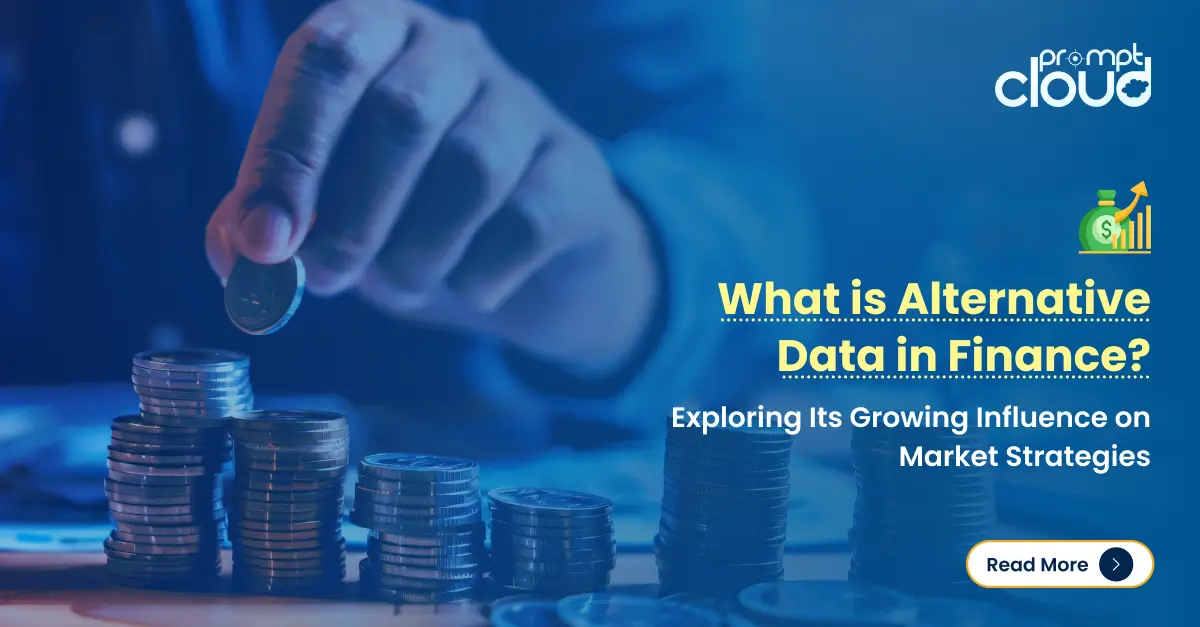The hospitality industry is steadily growing over the years and shows no sign of slowing down. Digitally literate travellers are making use of online platforms for planning, booking, and experiencing a journey. Not to be left behind, the hospitality industry is increasingly getting to grips with the concept of big data and the numerous ways in which the use of web data in the right hotel pricing can help them in revenue generation and provide a better customer experience.
Why Need Web Data to Understand Hotel Pricing?
Today, intelligent customers research a lot. They compare the prices from different websites before making a buying decision. Price comparison websites, especially of the hospitality industry, have mushroomed over the years to cater to these active consumers. These websites allow consumers to compare prices across firms in a matter of clicks. This, in turn, intensifies competitive pricing pressure between firms. This is where dynamic Pricing comes into play.
Dynamic Pricing, which can be applied across industries like e-commerce and hospitality, is a very powerful yet underutilized revenue management tool. It is a foolproof way of improving the financials of a business by maximizing its revenue and margin. Dynamic Pricing is already being lauded as a “game-changer”, especially in industries that face fierce competition.
Pricing is hard. Finding the right balance between underselling and overpricing is something many hoteliers struggle with. Leveraging web data through hotel price scraping can maximize the profit by changing the room prices daily, hourly or even by the minute.
What Are the Factors That Influence Hotel Pricing Dynamics?
The objective of a hotel pricing strategy is very simple – maximize the bottom line. But, managing this complex pricing model is very challenging. It depends on a lot of factors like:
#1: Hotel Capacity
Hotel prices are primarily dependent on room availability and customer demand. If a hotel expects full capacity booking around a certain event, they can raise the price of their rooms and still get enough bookings to sell out. Likewise, hotels decrease the rate close to arrival if the expected occupancy isn’t met.
#2: Room Type
Normally, you would expect the suite rooms of a hotel to cost the same. However, this is not the case as each room is rated differently and comes with different perks. For example, a room with a beach view would cost a lot more than one that looks over a parking lot.
#3: Discounts Offered
Smart travellers on a budget always lookout for discounts and deals to save money. Promotions are great initiatives to keep up with, and stay ahead of, your competition.
#4: Competitor Price
Hotels often try to increase the revenue by matching their competitors on price. It helps them strategically position themselves in front of their customers by considering the current market situations.
#5: Booking Time/Date
Traditionally, hotel prices are adjusted based on how far in advance they have customers made the reservations. Sometimes, customers who wait for the last moment often make off with the best deals at the lowest prices.
#6: Central Location
There is a lot of demand for centrally located hotels in a city or conveniently close to popular tourist locations. Likewise, room prices go up if the hotel hosts important seminars or conferences.
#7: Changing Seasons
Room prices of hotels at tourist locations will drop during the off-season. These hotels will maximize their income before the demand wanes by increasing prices during the peak season.
#8: Demand Forecasting
Fixing the “right price” requires a lot of forecasting. First, management needs to have a firm grasp of the demand level for every day to efficiently price the hotel room.
#9: The Network Effect
The network effect increases the demand and value offered by a service based on its usage by more people. In simple words, the network effect is the by-product of the popularity of your hotel. People are willing to pay more to stay at a hugely popular destination.
#10: Business Rule
Regulatory bodies like the government rigorously monitor the hospitality industry. The pricing strategies of the hotel business should follow the pricing rules and regulations.
The above parameters will be extracted and converted into meaningful, well-structured and usable data through hotel data scraping.
How Dynamic Pricing Helps
Dynamic Pricing has a host of benefits for the hotel industry,
- Increase Room Revenue, Average Daily Rate (ADT), and Revenue Per Available Room (RevPAR)
- Match the ever-changing price trends in minutes by observing competitor price
- Make the pricing process more efficient, as automation makes it easier, faster, and more precise
- Give freedom to experiment with the “high to low” approach wherein a hotel quotes high prices at the start of the day and lowers the prices later if the demand fails to materialize as opposed to the “low to high” approach where the price is increased based on the number of rooms reserved.
So, How is a Dynamic Pricing Strategy Formulated?
It is based on a timely, reliable source of high-quality data extracted through hotel data scraping. Web crawlers parse real-time pricing parameters from thousands of websites.
Web scraping helps hotels predict when demand will be high or low. Prices are lowered to attract visitors to book empty rooms during periods of low demand. Conversely, hotel prices are the highest during peak vacation season or around major local events. Even if the initial forecast turns out to be inaccurate, the price can be quickly adjusted to the real-time demand fluctuations.
Apart from rates management, web data scraping can be used to obtain:
#1: Insightful data analytics
#2: Meaningful reports
#3: Data-driven strategies
Web scraping is widely used for competitor research. It gives actionable data which will help you to stay one step ahead of your competition. Watching your competitor prices is a great tool to gauge the market response. Companies can choose either a premium pricing model or a penetration pricing model based on the market trends.
A truly dynamic pricing model will more flexible and personalized. That is, the price will vary from customer to customer based on their purchasing habits. Web data scraping can be used to extract customer behavioural data, which includes their spending habits and willingness to search for a better price.
More and more hotels are incorporating pricing intelligence solutions to transform their businesses. Once you get hold of the relevant data through hotel price scraping, you can derive more insights and understanding about customer preferences and demand curve. Using this knowledge, pricing parameters can be continuously adjusted to extract more value for your business.
How Can Hotels Leverage Web Data to Implement Dynamic Pricing?
Setting up a dynamic pricing model requires planning, pre-modelling analysis and designing and building the pricing model by adjusting the parameters and preparing customer communications. In addition, hotels are increasingly investing in strong data analytics. If that proves to be a financial overhead, companies can opt for third-party service providers.
Design a dynamic pricing strategy based on clean, reliable competitor data extracted through web scraping from travel and hotel websites with PromptCloud.


















